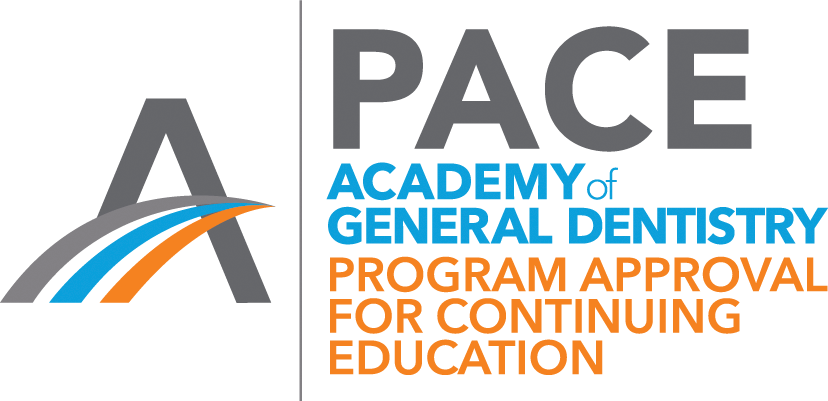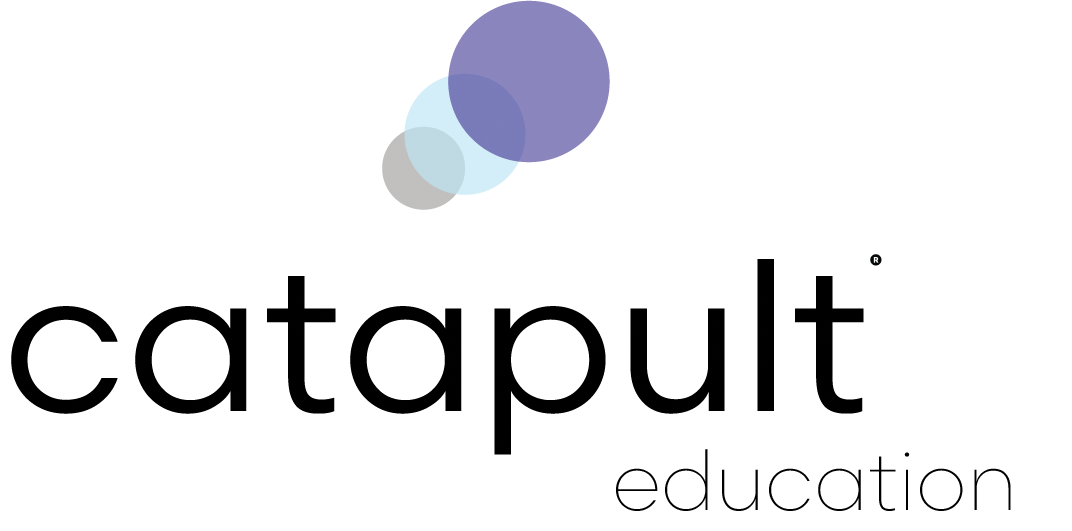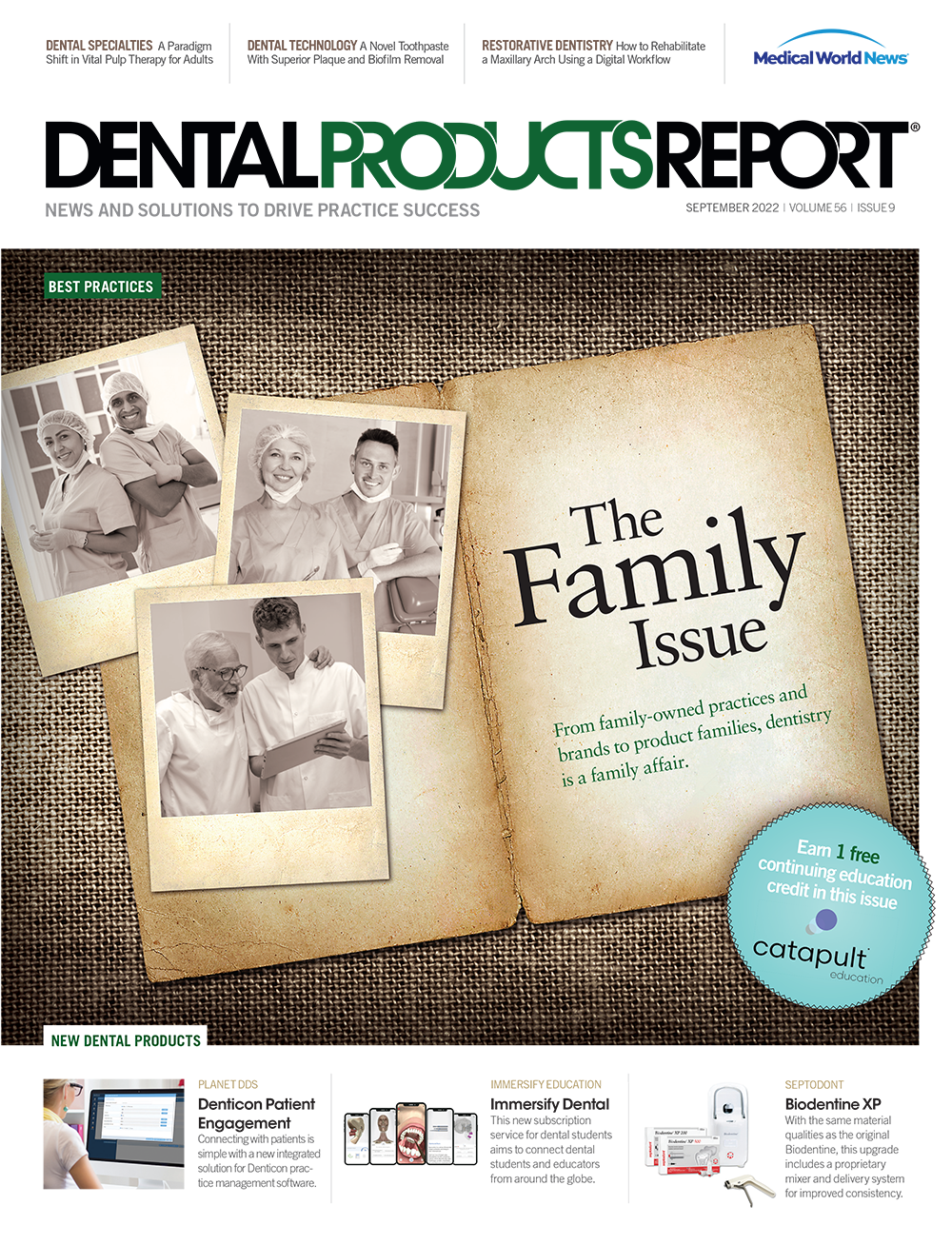Abstract
Bioactive materials have been a part of dentistry for a number of years, but what makes these materials markedly different from traditional dental materials? With bioactive materials, direct dental restorations can interact with the oral environment and encourage activity that can be beneficial to both the lifespan of the restoration, but also to the health of the restored tooth and surrounding dentition. Understanding what bioactive dental materials are, how they work, and where and when they are best used is an important part of deciding on the best restorative material for a case.
Much has been written in recent years about bioactive materials and their place in the dental materials landscape, yet there remains plenty to learn about their role in restorative dentistry. Some experts do not believe bioactive is the best term to use; one suggests describing these materials as “biointeractive.”
These newer dental restorative materials promise to do more than what was possible in the past. It is important for clinicians to understand these materials and how to use them, and to have a strong grasp of their capabilities.
Learning Objectives
- Learn why the nature-mimicking properties of bioactive materials make them a great option for restoring teeth in patients of all ages
- Better understand mechanisms that allow mineral deposition at the interface between ion-releasing materials and dentine, and how conventional bioactive restorative materials may benefit treatments in minimally invasive (MI) dentistry
- Understand the benefits of bioactive dental materials in increasing longevity of dental restorations, as well as the clinical differences between some traditional bases, liners, restorative materials, and cements and their newer bioactive counterparts
- Realize that calcium, phosphate, and fluoride ions in bioactive materials participate in the formation of apatite and marginal sealing of the tooth-restorative interface1
- Learn how these bioactive dental materials improve clinical outcomes in vital pulp therapy and “heroic” dental procedures
Introduction to Bioactivity
Historically, dental materials have been designed to be passive. They are considered successful if they do not interact with or harm the surrounding tissue. Thus, these materials are deemed biocompatible. Given the recent development of bioactive materials with impressive capabilities, this has started to change.
“A shift in thinking and a desire to do better for our patients have given rise to the era of bioactive dental materials. Bioactive materials are, by design, interactive with a patient’s tooth structure and help to stimulate and mimic the remineralization process that takes place in nature,” says Brittany Bergeron, DDS, owner of Town Center Cosmetic Dentistry near Baltimore, Maryland. During this process, bioactive materials participate in an ion exchange with surrounding tooth structure to help create minerals such as calcium, phosphate, and fluoride, all of which are vital for healthy teeth.2
It has been well documented that fluoride possesses anticariogenic properties, Dr Bergeron adds. Numerous materials on the market contain and release fluoride, including but not limited to cements and composites that dentists use daily.
Despite the initial fluoride release of many of these products, their efficacy can decrease rapidly, preventing lasting effects. They often release the maximum amount of fluoride in the first 24 hours and taper off.3 What makes bioactive materials different is their ability for fluoride “recharge” when they come into contact with fluoride-containing products such as mouthwash or toothpaste.2 The recharge and release help maintain a higher level of fluoride ion exchange between a restoration and a tooth compared with traditional glass ionomer materials.3
In addition to fluoride, bioactive materials also exchange phosphate and calcium with the surrounding tooth structure. This ion exchange is the reason bioactive materials have been deemed “smart materials”—they are able to react to changes in the pH of the oral cavity, triggering release and absorption of ions between tooth, saliva, and restorative material.2
Each material’s mechanism for doing this is slightly different. For example, ACTIVA BioACTIVE-RESTORATIVE from Pulpdent Corporation is a bioactive material designed with an ionic resin matrix. The matrix lets the material significantly release and recharge with fluoride, calcium, and phosphate while exhibiting the properties expected of a direct restorative material.4-6
There is always new research being conducted on bioactive materials and ways in which they might benefit our profession. Their nature-mimicking properties make them a great option for restoring teeth in patients of all ages, with lasting fillings that help improve the health of teeth and the oral cavity.
Is Bioactive an Accurate Term?
There is an interesting debate about using the term bioactivity to describe some newer dental restorative materials. This is a word used by the profession and industry, often erroneously, says Avijit Banerjee, BDS, a professor of cariology and operative dentistry at King’s College London, England.
“A truly bioactive material is one that elicits a positive cellular biological response when in direct contact with biological tissues. Most dental materials do not do this—indeed, they irritate tissues, creating an adjunctive cellular response at best,” says Dr Banerjee, a pioneer in the development of minimally invasive caries management systems and caries prevention. “Ion transfer between materials and biological tissues is not, strictly speaking, a sign of bioactivity. Therefore, I have suggested [in a paper published in the British Dental Journal in October 2020] perhaps a better term for these types of materials is biointeractive.7 One might consider this semantics but, as a clinical scientist, I do believe making the distinction is relevant.”
In this paper, titled, “Contemporary Restorative Ion-Releasing Materials: Current Status, Interfacial Properties and Operative Approaches,” Dr Banerjee and 7 coauthors explore the process that allows mineral deposition at the interface between such biointeractive materials and dentine, and describe how conventional bioactive restorative materials may be beneficial for treatments in MI dentistry.7 The authors add that contemporary therapeutic biointeractive materials should now be used for hard tissue replacement, because they may reduce susceptibility of tooth mineral to dissolution and/or to recover its mechanical properties via support of remineralization.
These MI concepts require practitioners not only provide a scientifically supported rationale for carious tissue removal/excavation and defect-oriented, biological cavity preparation, but also a deep understanding of how to ensure a biomechanically stable, durable restoration in different clinical situations by applying different restorative options.7 These biointeractive materials play an increasingly relevant role; they not only replace diseased or lost tissue but also optimize hard tissue mineral recovery (among other properties) when used in restorative and preventive dentistry.
This is of particular interest in MI dentistry, especially for cases in which gap formation jeopardizes integrity of margins along resin composite restorations, allowing penetration of bacteria and eventually promoting formation of secondary caries.7 Clinicians and scientists have growing interest in whether ion-releasing materials may reduce such biofilm penetration into margin gaps, reducing risk of development and propagation of secondary caries. This interest corresponds with increased awareness of these materials’ capabilities and the need for clinicians to be aware of their uses and impact in patient care.
Additionally, it should be noted that dentin is the most abundant mineralized tissue in the human tooth. Because of this, its mechanical performance is of major significance to the overall function of teeth.8 The goal for remineralization of carious dentin is reestablishing the functionality of affected tissue. From a biological perspective, the dentin matrix can be described as a semipermeable barrier between enamel and pulp, or between pulp and the outer surface of a cavitated lesion with exposed carious dentin. From a microstructural perspective, the collagen fibrils in dentin serve as a scaffold for mineral crystallites that reinforce the matrix, supporting the surrounding enamel.8
From a biomechanical perspective, the mineralized dentin matrix preserves tooth function by helping prevent propagation of cracks from the brittle enamel through the dentin-enamel junction into dentin, preventing fracturing of the enamel crown.9
Cavity Liners and Bases
Traditional cavity liners have included calcium hydroxide and resin-modified glass ionomer cements, explains Robert A. Lowe, DDS, associate professor, Department of Oral Rehabilitation, James B. Edwards College of Dental Medicine, Medical University of South Carolina. Use of liners containing eugenol is contraindicated under composite resins because it interferes with the polymerization of monomers. It should also be noted that resin-based cavity liners have been shown to be cytotoxic to odontoblast-like cells.10
Many of today’s light-cured glass ionomer liners are resin reinforced; depending on resin content, this can limit any benefit from the release of fluoride. But Dr Lowe says bioactive liners that can help replenish the calcium and phosphate ions lost due to acid attack (decay) drastically change the way clinicians treat dental caries. There are 2 types of damaged dentin: infected (demineralized and full of bacteria) and affected (demineralized but bacteria-free).
It is well documented in the literature by Salvatore Sauro, PhD, and others that affected dentin can be remineralized and made healthy.11 Affected dentin may be sticky to the touch, but should it be removed? Round, polymer burs fabricated at the specific Knoop hardness of healthy dentin (90 kgf·mm−2) can be used to ensure only infected dentin is removed during excavation, according to Dr Lowe. Placement of a bioactive liner can then help remineralize and rebuild the remaining affected dentin and make it healthy.
Some materials available today have been developed for use during vital pulp therapy such as a pulpotomy, expanding on the ability to use a calcium silicate product for direct pulp capping. These dual-cured materials release calcium and fluoride and can be used when vital pulpotomies are performed on teeth with carious exposures.
Because these newer bioactive materials help promote tooth remineralization, they are ideal for challenging cases that might have required a “heroic” effort to save a tooth from endodontic therapy or extraction. Although some of these “heroic” cases may still require endodontic therapy, many others will respond favorably, avoiding an additional procedure and preserving vitality of the tooth.
Biointeractive Restoratives
The advantages of biointeractive restorative materials are clear after looking at bioactivity and the effects of rebuilding damaged tooth structure. Having restorative materials that can protect, repair, and seal the marginal gap around all dental restorations can help preserve the natural tooth and extend the life of the restoration, Dr Lowe says.
The judicious use of biointeractive restorative materials—with their ion exchange and remineralization support—negates the need for cavity liners and bases and in contemporary minimally invasive dentistry, Dr Banerjee adds. The need for a separate traditional liner is indeed contraindicated in many cases. This simplifies the restorative steps and protocols which therefore gives more standardized outcomes for restorations and the ultimate longevity of the tooth-restoration complex.
Bioactive materials are particularly useful for patients with high caries indices; getting control of the problem can be difficult in such cases. Adjunctive primary and secondary preventive measures are paramount in the ultimate long-term success of any restoration that is placed. Acidic oral environments can create extensive damage to teeth, particularly if a patient does not have the best toothbrushing routines. Pediatric patients and primary teeth have their own issues, adds Dr Lowe. Finishing a dental procedure quickly in a less than moisture-free environment makes using traditional composites and adhesives very difficult with pediatric patients.
ACTIVA BioACTIVE-RESTORATIVE can produce bioactive properties due to the structure of its ionic matrix. However, many methods of producing bioactive outcomes are being employed in modern dental materials.
Shofu Dental produces bioactive restoratives featuring glass fillers called Giomers. The glass is coated with a glass ionomer phase and has a protective coat over the top of that phase, which allows slow release of ions. Although Giomers do not release calcium and phosphate ions, they do release many other basic ions that can help “buffer” the effects of the acid environment in the oral cavity, helping inhibit plaque accumulation on restorations and at the margins.12-14
RE-GEN materials from Vista Apex feature a matrix that includes Bioglass 45S5, a material that attracts and exchanges bioactive ions within the oral environment. The Thera family of products from BISCO offers calcium and fluoride ion release with a material designed to reduce acidity of the oral cavity.
Finally, MTA (mineral trioxide aggregate) is a long-standing option for pulp exposures and perforations of the root system. This material exhibits hydraulic properties, making it ideal for endodontic procedures. However, it can be clinically difficult to handle with long setting times.
Additionally, Biodentine from Septodont is a dual-cured material that releases calcium and fluoride and can be used to restore teeth with an overlaid resin composite layer and for vital pulpotomies on teeth with carious exposures. The material is a tricalcium silicate, which can be used as a bioactive buildup material where large areas of tooth structure are missing, and where a pulp exposure or root perforation may exist. There is no need for additional layers of linings or pulp protection when using this bioactive material.
What’s Next?
As manufacturers develop dental materials, the future is bright for bioactive materials and improved patient care. New innovations help reinforce existing technologies and set new paradigms for treating dental disease and restoring broken dentitions. Dental restorations and adjunctive materials will no longer just occupy space between themselves and surrounding teeth but will help repair and sustain healthy tooth structure, giving patients a better chance of enjoying lifelong healthy dentition.
Jack L. Ferracane, PhD, from the Department of Restorative Dentistry, Oregon Health & Science University, Portland, expects new dental materials to feature bioactive benefits and features.
“In the future, the desire for a biomaterial to be inert and nonharmful to the patient, although still relevant and necessary, will no longer be considered sufficient,” Dr Ferracane says. “New materials currently being introduced, under development, or simply envisioned are expected to be bioactive in that they will be intended to interact in some positive way with the oral environment. These materials will provide a wide range of diverse functions, including the routine inhibition of bacterial biofilm formation, remineralization of lost dentin and enamel, and the regeneration of diseased pulp, bone, and soft tissues.”15
Dr Ferracane’s summation aligns with what Dr Bergeron said about the nature-mimicking properties of bioactive materials and why this makes them a great option for restoring teeth in patients of all ages for lasting fillings that help improve health of teeth and the oral cavity.
Catapult Education, LLC is an ADA CERP Recognized Provider. ADA CERP is a service of the American Dental Association to assist dental professionals in identifying quality providers of continuing dental education. ADA CERP does not approve or endorse individual courses or instructors, nor does it imply acceptance of credit hours by boards of dentistry.
Approved PACE Program Provider. FAGD/MAGD Credit. Approval does not imply acceptance by a state or provincial board of dentistry or AGD endorsement. 6/1/20 to 5/31/24. Provider ID 306446.
Catapult Education designates this continuing education activity for 1 credit.
Sponsored by:
Online Quiz
For more info on this activity, or to take the quiz and obtain your continuing education credit follow the link from the QR code or visit catapulteducation.com/course/bioactive-dental-materials
References
- Özcan M, da Fonseca Roberti Garcia L, Volpato CAM. Bioactive materials for direct and indirect restorations: concepts and applications. Front Dent Med. 2021;2:647267. doi:10.3389/fdmed.2021.647267
- McCabe JF, Yan Z, Al Naimi OT, Mahmoud G, Rolland SL. Smart materials in dentistry. Aust Dent J. 2011;56(suppl 1):3-10. doi:10.1111/j.1834-7819.2010.01291.x
- G Nigam A, Jaiswal J, Murthy R, Pandey R. Estimation of fluoride release from various dental materials in different media-an in vitro study. Int J Clin Pediatr Dent. 2009;2(1):1-8.doi:10.5005/jp-journals-10005-1033.
- Slowikowski L, John S, Finkelman M, Perry RD, Harsono M, Kugel G. Fluoride ion release and recharge over time in three restoratives. J Dent Res. 2014;93(spec iss A):268.
- Zmener O, Pameijer CH, et al. Marginal bacterial leakage in class I cavities filled with a new resin-modified glass ionomer restorative material. 2013.
- Zmener O, Pameijer CH, Hernandez S. Resistance against bacterial leakage of four luting agents used for cementation of complete cast crowns. Am J Dent. 2014;27(1):51-55.
- Pires PM, Neves AA, Makeeva IM, et al. Contemporary restorative ion-releasing materials: current status, interfacial properties and operative approaches. Br Dent J. 2020;229(7):450-458. doi:10.1038/s41415-020-2169-3
- Bertassoni LE, Habelitz S, Kinney JH, Marshall SJ, Marshall GW Jr. Biomechanical perspective on the remineralization of dentin. Caries Res. 2009;43(1):70-77. doi:10.1159/000201593
- Imbeni V, Kruzic JJ, Marshall GW, Marshall SJ, Ritchie RO. The dentin-enamel junction and the fracture of human teeth. Nat Mater. 2005;4(3):229-232. doi:10.1038/nmat1323
- Hebling J, Lessa FC, Nogueira I, Carvalho RM, Costa CA. Cytotoxicity of resin-based light-cured liners. Am J Dent. 2009;22(3):137-142.
- Sauro S, Pashley DH. Strategies to stabilise dentine-bonded interfaces through remineralising operative approaches – state of the art. Int J Adhes Adhes. 2016;69:39-57. doi:10.1016/j.ijadhadh.2016.03.014
- Nakamura N, Yamada A, Iwamoto T, et al. Two-year clinical evaluation of flowable composite resin containing pre-reacted glass-ionomer. Pediatr Dent J. 2009;19(1):89-97. doi:10.1016/S0917-2394(09)70158-2
- Tamura D, Saku S, Yamamoto K, Hotta M. Adsorption of salivary protein to resin composite containing S-PRG filler. Jpn J Conserv Dent. 2010;53(2):191-206.
- Saku S, Kotake H, Scougall-Vilchis RJ, et al. Antibacterial activity of composite resin with glass-ionomer filler particles; Dent Mater J. 2010;29(2):193-198. doi:10.4012/dmj.2009-050
- Ferracane JL, Pfeifer CS, Bertassoni LE. Biomaterials for oral health. Dent Clin North Am. 2017;61(4):xi-xii. doi:10.1016/j.cden.2017.07.001





